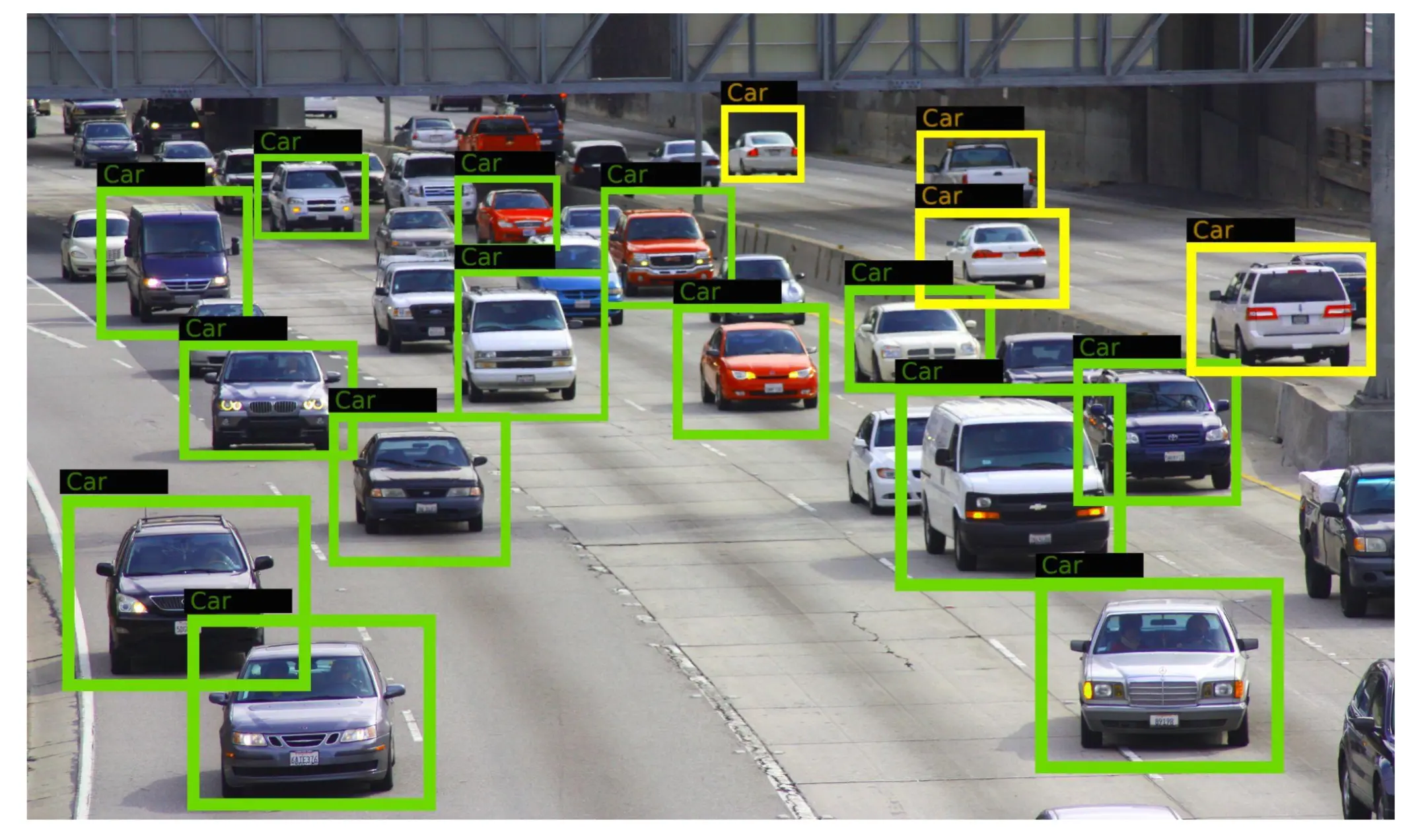- Publication: McKinsey & Company
- Publication Date: June 14, 2023
- Publication Authors: Michael Chui, Eric Hazan, Roger Roberts, Alex Singla, Kate Smaje, Alex Sukharevsky, Lareina Yee, Rodney Zemmel
- Technical background required: Medium
- Estimated read time (original text): 43 minutes
- Sentiment score: 54.30%, neutral
The report examines the impact of generative AI on productivity and its potential to add trillions of dollars in value to the global economy. It explores 63 use cases across various industries, assessing how generative AI can address specific business challenges.
TLDR
Goal: The report, “The Economic Potential of Generative AI: The Next Productivity Frontier,” authored by a team from McKinsey & Company, including Michael Chui, Eric Hazan, and others, explores the transformative impact of generative AI on the global economy. The primary motivation behind this study is to understand and quantify how generative AI could contribute trillions of dollars in value across various business functions and industries. This investigation is driven by the rapidly evolving capabilities of AI technologies and their potential to redefine productivity and innovation in the business world.
Methodology:
- The methodology involved analyzing 63 different use cases of generative AI across 16 business functions to assess their economic impact.
- The team estimated the potential value addition by generative AI by comparing it to the GDP of major economies, providing a tangible sense of scale.
- The approach was comprehensive, covering a range of industries and functions to provide a holistic view of generative AI’s potential.
Key Findings:
- Economic Impact: Generative AI could potentially add $2.6 trillion to $4.4 trillion annually to the global economy, representing a significant increase in the overall impact of artificial intelligence technologies.
- Major Beneficiaries: About 75% of this value is concentrated in four areas: customer operations, marketing and sales, software engineering, and research & development (R&D).
- Automation and Productivity: Generative AI technologies have the potential to automate a significant portion of work activities, potentially reshaping the workforce and boosting labor productivity.
- Knowledge Work Transformation: The technology is particularly impactful in knowledge work, which requires understanding of natural language, a strength of generative AI.
- Future Workforce Trends: The report predicts an acceleration in workforce transformation due to the automation potential of generative AI, with significant changes expected by 2045.
- Labor Productivity Growth: Generative AI could enable annual labor productivity growth of 0.1 to 0.6 percent through 2040, depending on technology adoption rates.
- Economic Growth and Sustainability: If managed effectively, generative AI could contribute substantially to economic growth and support a more sustainable, inclusive world.
Recommendations:
- Investment in Skill Development: As generative AI transforms job roles, significant investments in skill development and training will be essential to support workforce transitions.
- Strategic Integration: Businesses should strategically integrate generative AI into their operations, focusing on areas with the highest potential for value addition.
- Risk Management: It’s crucial to manage the risks associated with workforce transformation, including ensuring equitable transitions for workers.
- Policy and Ethical Considerations: Policymakers and business leaders should consider the ethical implications of AI deployment and establish guidelines to govern its use.
- Long-Term Vision: Organizations should adopt a long-term perspective to fully realize the benefits of generative AI, as its full potential will unfold over time.
Thinking Critically
Implications:
- Economic and Business Transformation: The widespread adoption of generative AI, as outlined in the report, could lead to a massive shift in the global economic landscape, potentially adding trillions to the world economy. Businesses across various sectors, especially in customer operations, marketing, software engineering, and R&D, would experience significant productivity boosts and innovation leaps. However, if organizations fail to adopt these technologies, they risk falling behind in a rapidly evolving market, potentially leading to reduced competitiveness and missed opportunities for growth.
- Workforce and Social Changes: The report’s projection of generative AI automating a substantial portion of work activities implies a fundamental shift in the nature of employment. This could lead to job displacement in certain sectors while creating new opportunities in others. The societal impact could be profound, requiring a focus on re-skilling and education to prepare the workforce for a new AI-driven economy. Without these measures, there could be increased unemployment and social inequality.
- Policy and Ethical Challenges: The integration of generative AI at the scale predicted by the report necessitates comprehensive policy development and ethical considerations. Governments and organizations will need to address issues related to privacy, data security, and the ethical use of AI. Failure to establish effective governance could lead to misuse of technology and erosion of public trust in AI advancements.
Alternative Perspectives:
- Methodology Critique: Some may argue that the report’s methodology, focusing on potential economic value without extensive empirical data from widespread implementation, might overestimate the immediate impact of generative AI. The actual economic and productivity gains could be more gradual and less uniform across industries than predicted.
- Technological Limitations: Skeptics might point out that the current state of generative AI technology, while advanced, still faces significant limitations in understanding context and nuance, which could hinder its applicability in complex business scenarios. The report’s optimistic view may not fully account for these technological hurdles.
- Underestimating Human Factors: Another perspective might emphasize the enduring value of human creativity and decision-making, suggesting that the report underestimates the continuing importance of human roles in areas predicted to be heavily impacted by AI, such as R&D and customer interactions.
AI Predictions:
- Rise in AI-Driven Business Solutions: In the coming years, there will likely be a significant increase in AI-driven solutions across various business functions, with companies increasingly adopting AI for customer service, marketing, and operational efficiency.
- Accelerated AI Ethics and Governance Development: As the deployment of generative AI expands, there will be a corresponding acceleration in the development of ethical guidelines and governance frameworks to manage its use, particularly in sensitive areas like data privacy and decision-making.
- New Job Creation and Workforce Shifts: Despite initial job displacements, the long-term effect of generative AI will likely include the creation of new job categories and a shift in workforce dynamics, emphasizing roles that require advanced AI management and ethical oversight.
Figures
Glossary
- Application Programming Interface (API): A method for programmatically accessing external models, data sets, or software.
- Artificial Intelligence (AI): Software’s ability to perform tasks that typically require human intelligence.
- Artificial Neural Networks (ANNs): Networks made up of interconnected software-based calculators (“neurons”) that process large amounts of data.
- Early and Late Scenarios: These represent the extremes in predictions for how quickly new technologies, like AI, might be adopted, ranging from very fast (early) to very slow (late).
- Fine-Tuning: A process of further training a pre-developed AI model on a smaller, specific dataset to enhance its performance for particular tasks.
- Foundation Models (FM): Large, versatile AI models trained on vast amounts of diverse data, capable of performing a wide range of tasks, and adaptable for specific applications through fine-tuning.
- Generative AI: A type of AI, often based on foundation models, that has the capability to create new content and can be used for various applications, including non-generative tasks.
- Large Language Models (LLMs): A category of foundation models specialized in processing and generating text by learning from extensive textual data.
- Prompt Engineering: The art of crafting and refining input prompts to guide AI models, particularly generative ones, to produce the desired outputs.
- Self-Attention: A mechanism in AI that allows a model to focus on and relate different parts of a data sequence, enhancing its understanding and processing of the data.
- Transformers: A neural network architecture that uses self-attention mechanisms to process sequences of inputs.
- Technical Automation Potential: An assessment of the extent to which the tasks within a job could theoretically be automated using current or near-future technology.
- Unstructured Data: Data that lacks a fixed format or structure, such as text, images, and audio, requiring more complex processing techniques to derive insights.
- Productivity from Labor: The ratio of GDP to total hours worked in the economy, indicating efficiency and output.


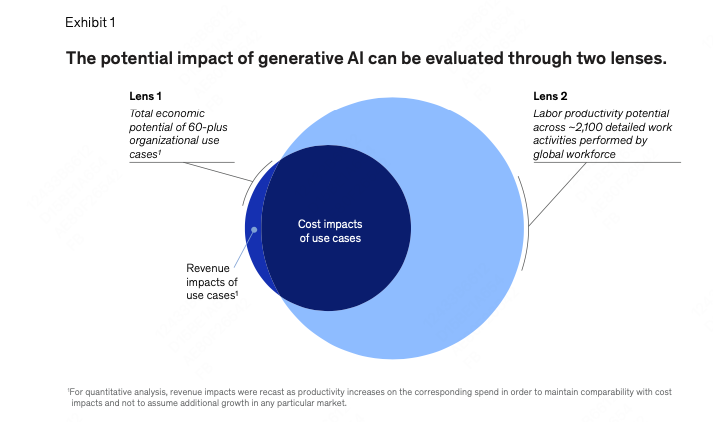
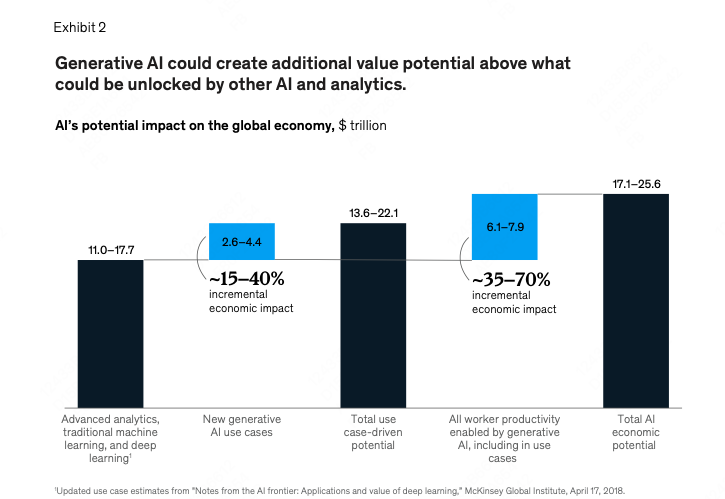
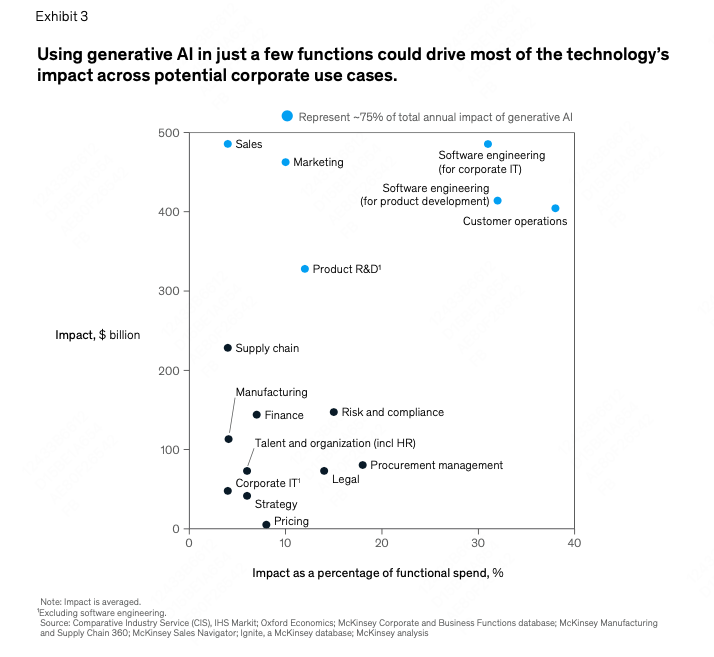
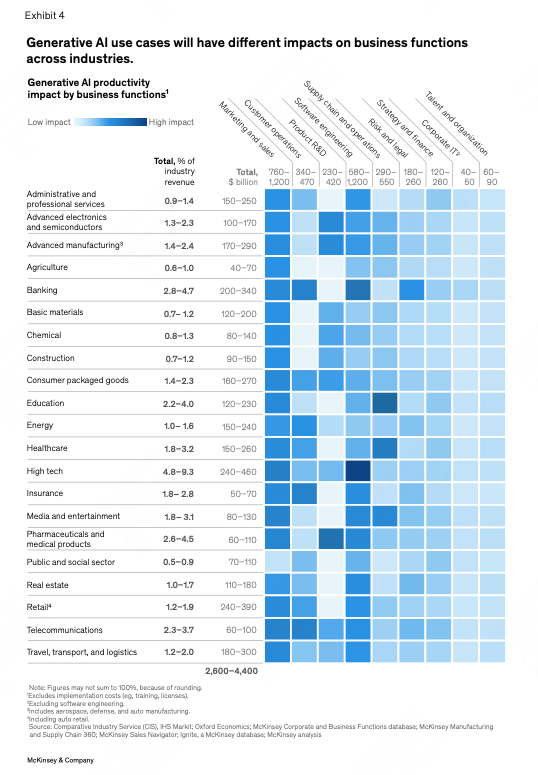
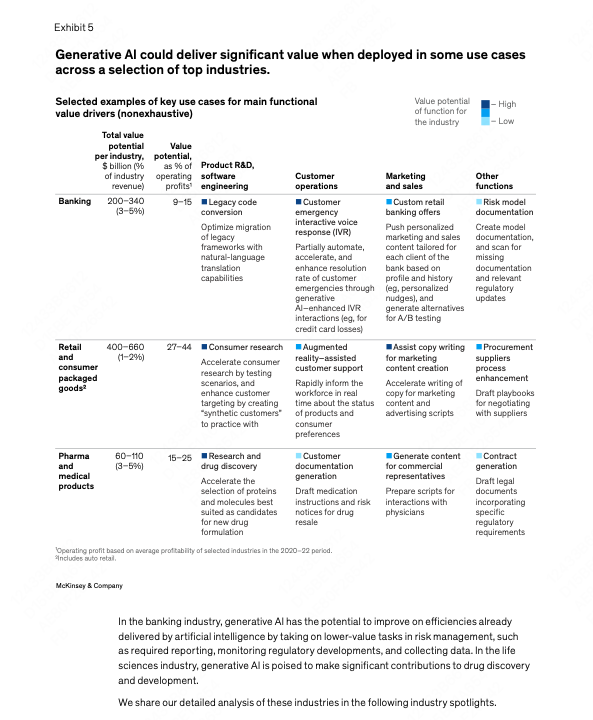
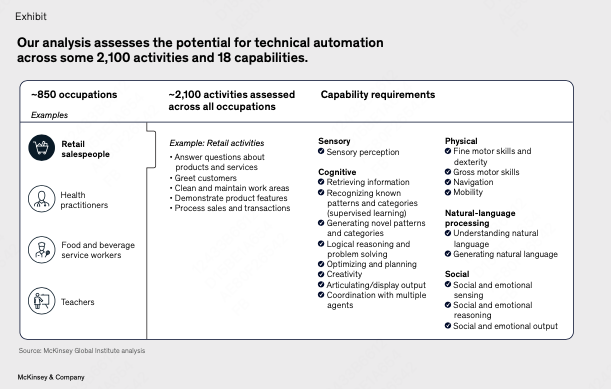










 Join hosts Anthony, Shane, and Francesca for essential insights on AI's impact on jobs, careers, and business. Stay ahead of the curve – listen now!
Join hosts Anthony, Shane, and Francesca for essential insights on AI's impact on jobs, careers, and business. Stay ahead of the curve – listen now!


